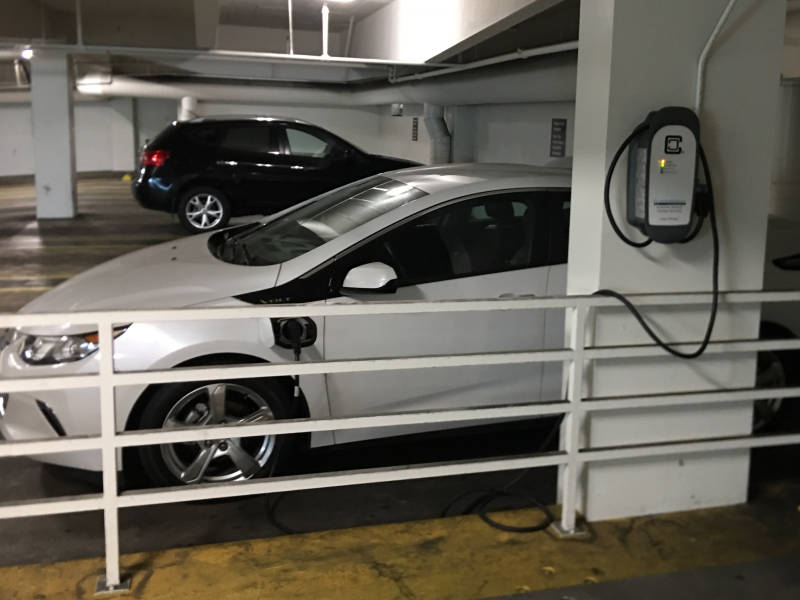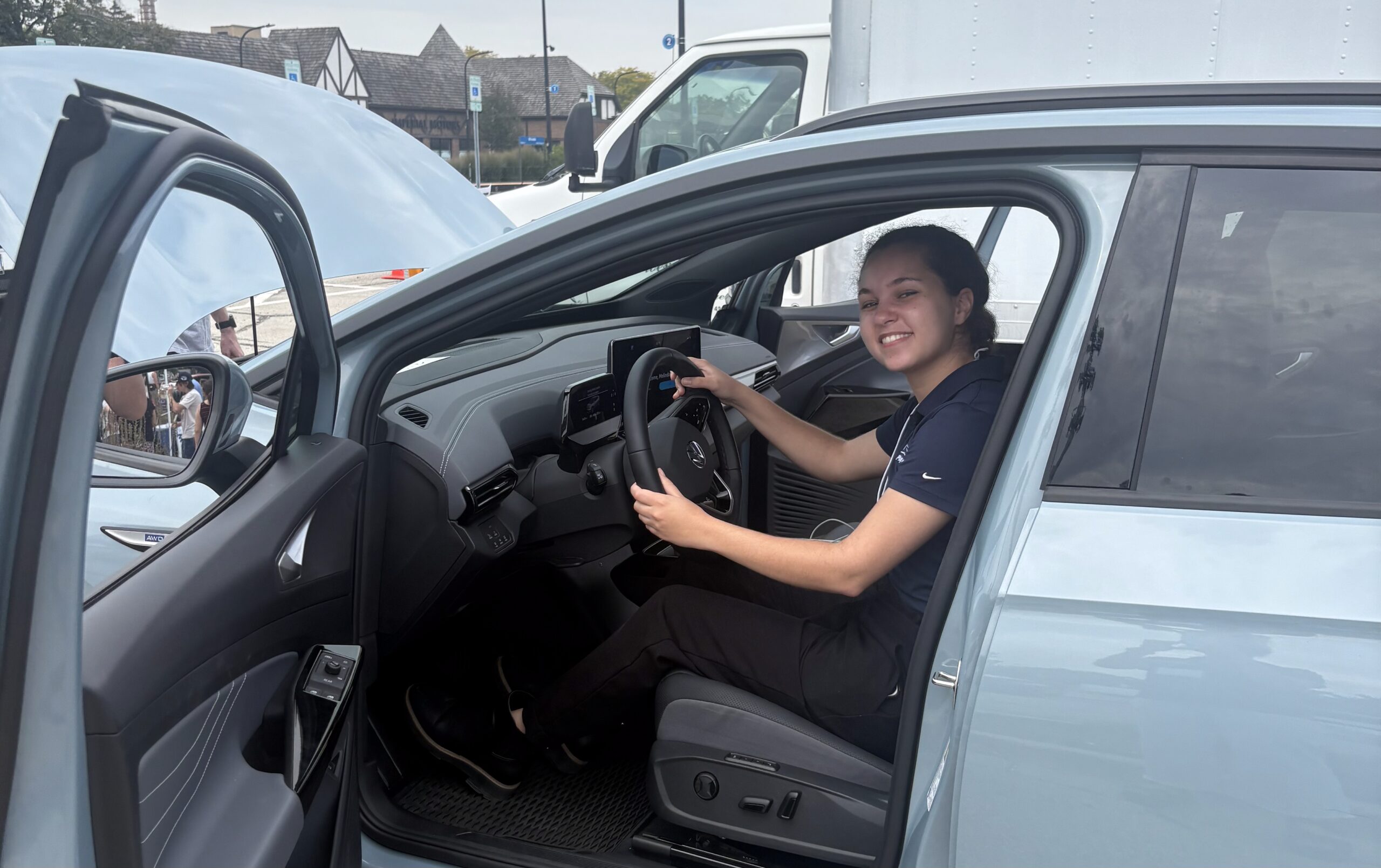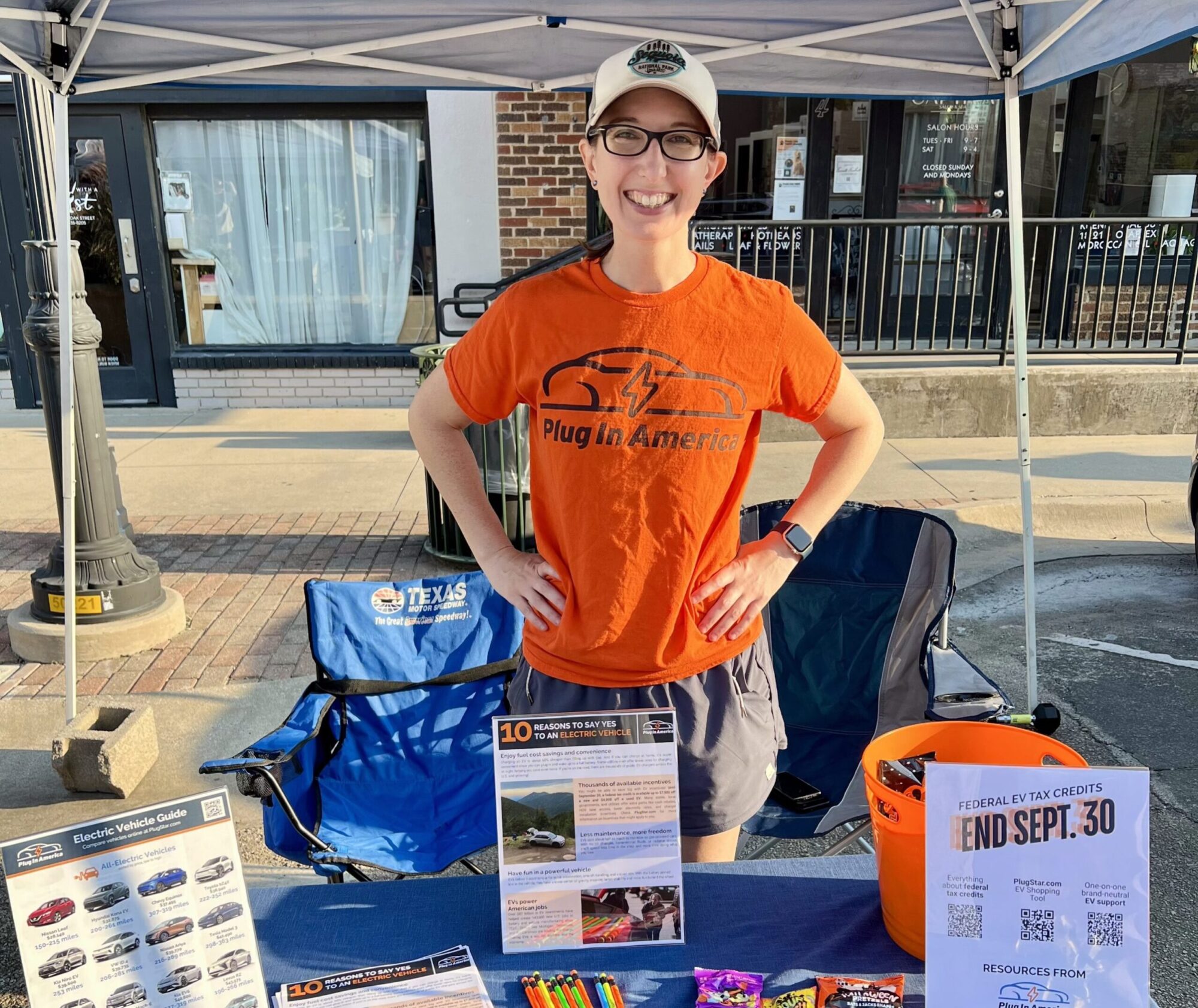A common problem for apartment and condo dwellers that want to drive electric is a lack of access to charging. Installing charging in a multi-unit dwelling (MUD) can be difficult, but it is possible.
The California Governor’s Office of Business and Economic Development (GO-Biz) recently released a guidebook to help residents make sense of the permitting process for installing electric vehicle charging stations in MUDs. The information contained may also be useful for EV drivers in other states, as well.
In short, residents need to obtain approval from their property owner, get necessary permits, and contact their electric utility.
Have you installed EV charging in an multi-unit dwelling? Tell us your lessons learned or tips to help other EV drivers in a similar situation. We may share your story in a future newsletter. Email us at info@pluginamerica.org with the subject line “MUD Charging.”
Getting permission from the MUD owner/HOA
A resident’s first step should be obtaining their property owner’s approval and cooperation to install a charging station. Many states, including California, Colorado, Florida, and Oregon, have passed laws that prevent MUD owners and homeowner associations (HOAs) from unreasonably restricting the construction of electric vehicle charging stations. Some laws also require cities and counties to develop a streamlined permitting process for EV charging stations.
If you live in a state with such a law and your landlord prevents you from installing an EV charging station, speak with your local government officials. They will be able to determine if the landlord’s rationale for doing so is indeed “unreasonable” per the city or county’s rules. Unfortunately, there is no single answer for what constitutes an unreasonable restriction as cities and MUDs are not identical.
Many state and local governments and utilities offer rebates for installing EV charging in MUDs, some of them quite generous, which may incentivize your building/complex to cooperate. The Department of Energy’s Alternative Fuels and Data Center has an oft-updated database of state and utility incentives.
Permitting from local government
A critical next step for residents is to identify the person or office responsible for the city/county’s permitting. Local government resources will most likely be located under a public works or a transportation/environment department. Many local governments also have sustainability programs and initiatives that may be responsible for electric vehicle planning.
From this point forward, local government should be able to advise you and your property owner on the steps of the permitting process, from the initial application, to hiring an electrician, to contacting the utility company. Common application elements include the following: the application paperwork itself, site plans, single line electrical diagram, load calculations, whether a panel upgrade is required, a separate mechanical permit if ventilation for station is needed, installation instructions from the OEM, and ADA/accessibility requirements.
Connecting your station to the electrical grid
Apart from the permitting process, MUD residents must contact their local utility company. The utility will determine the specific electrical needs of the complex and surrounding area. Residents should be aware that the utility’s interconnection process is entirely separate from the permit process.
Fortunately, as EV adoption increases, more apartment and condo buildings are beginning to recognize the need for EV charging. California’s guidebook is a valuable resource for drivers and MUDs looking to install charging for residents.


